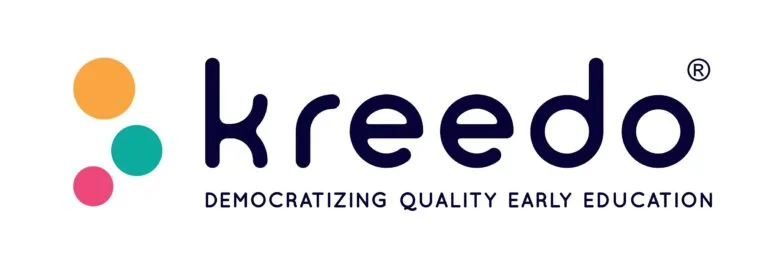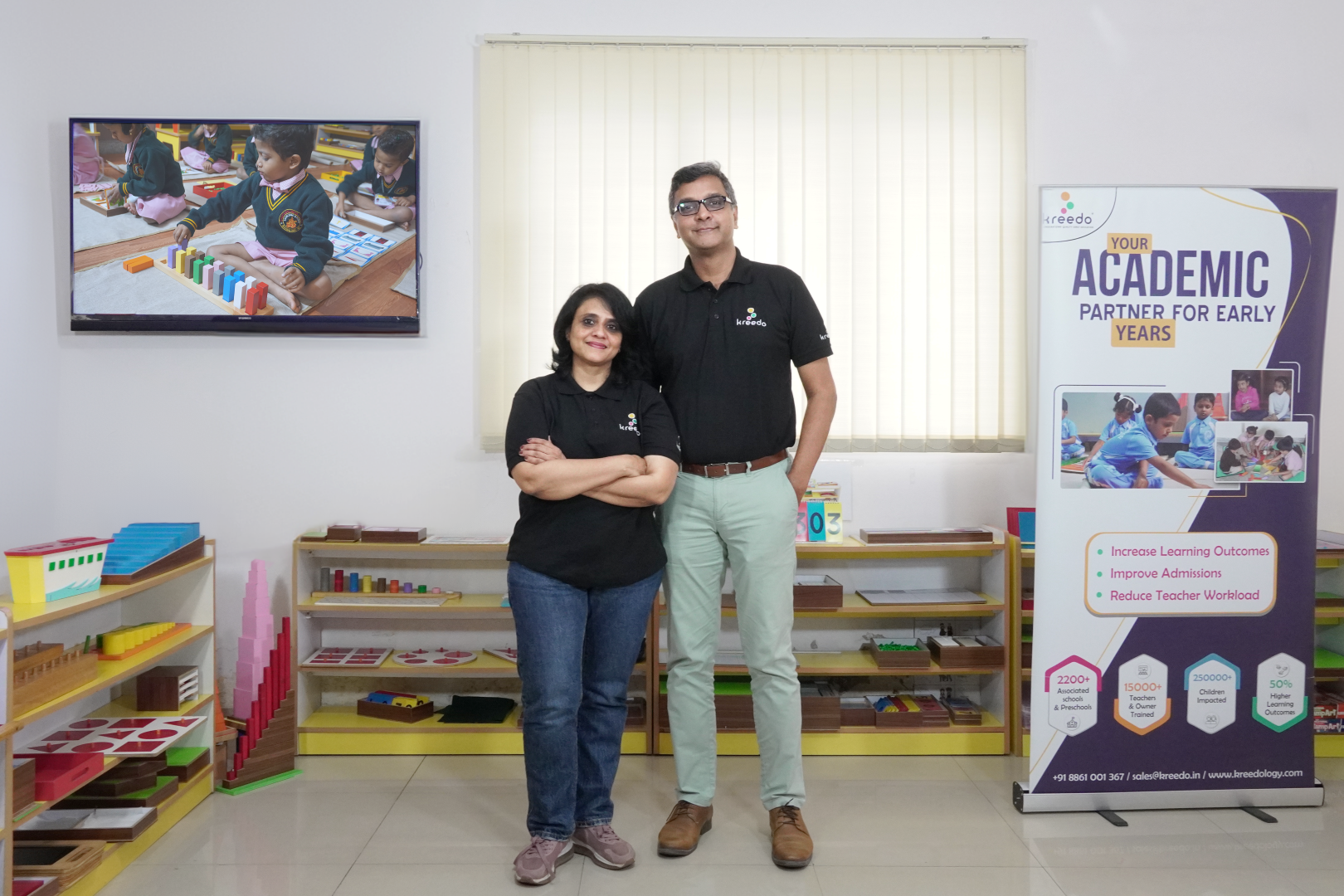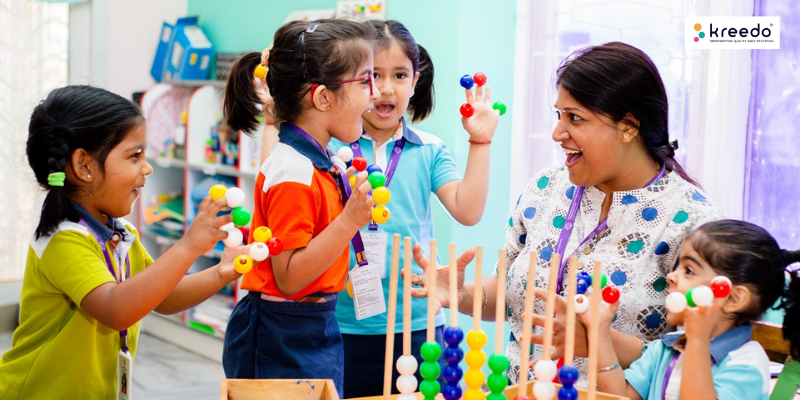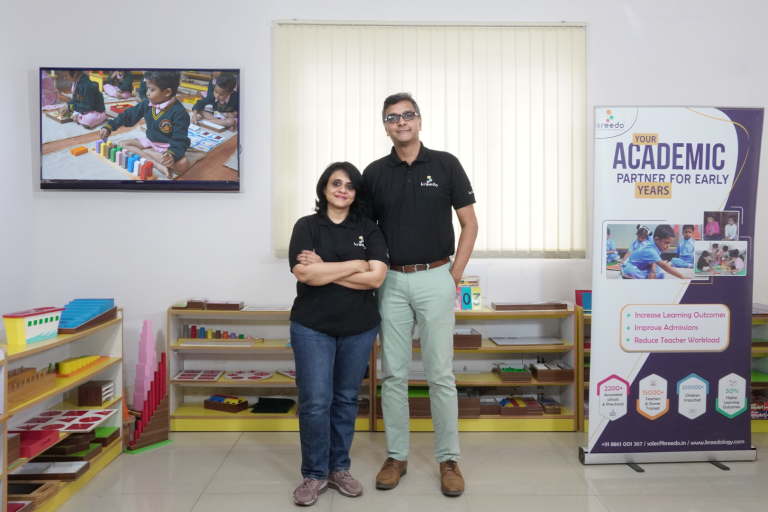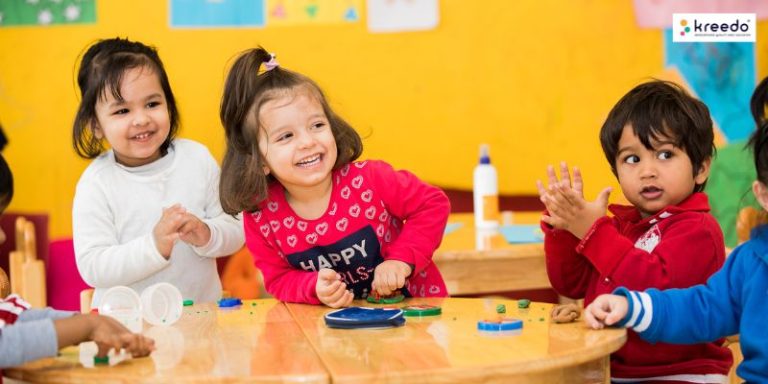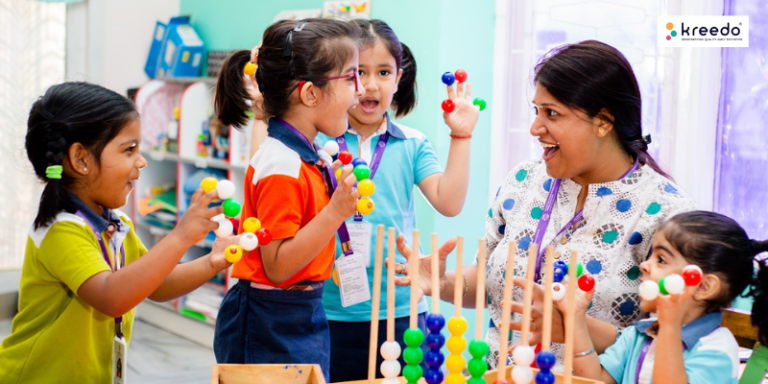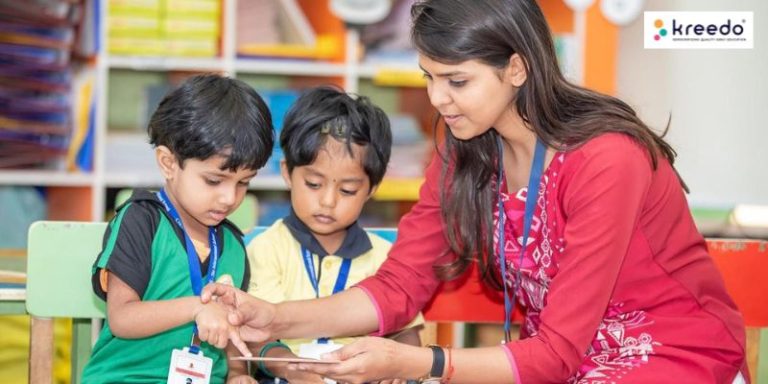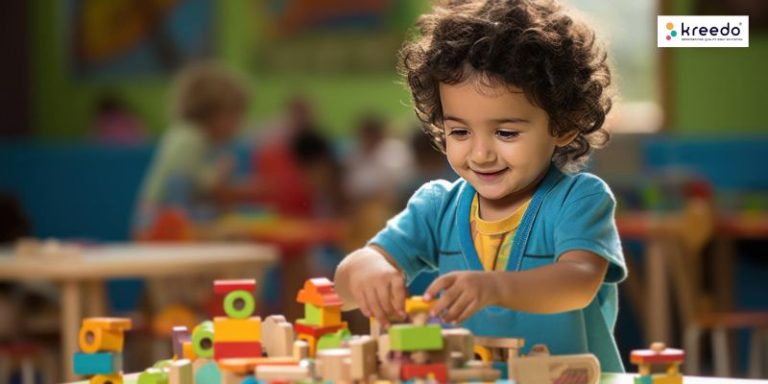Early literacy is everything children should know about reading and writing before they can actually read or write. Literacy skills begin developing in the first 5 years of life from a toddler holding and chewing on material, to wanting a favorite book to be read over and over, to becoming a pre-schooler who loves to “read” a story to you from memory.
According to research performed by the National Reading Panel and other experts, young children entering school with specific early literacy skills have the greatest opportunity to become successful readers and writers. Early literacy skills include Vocabulary, Print Motivation, Print Awareness, Narrative Skills, Letter Knowledge, and Phonological Awareness. These important foundational skills are the building blocks for learning to read and write. Children having been exposed to, or have most of these skills, will benefit more from the reading instruction they receive when entering preschool than the child with fewer skills or no exposure at all.
Some parents think their child’s success in reading and writing depends on getting the “right” teacher, but his/her success really depends on how much he/she learns at home about reading and writing before entering school. Early experiences with books and language are most critical for future success in literacy. Parents must be responsible for providing experiences at home that promote the following skills:
-
-
- Print Motivation: It is taking an interest in and enjoying books. A child with print motivation loves being read to, plays with books, and pretends to write. Trips to the library are fun and motivational. Exchange books with other parents with children of your child’s age. Encourage print motivation in your child by making reading a special shared time with you. Make books accessible to your child. Let your child see you enjoying reading. Talk to your child about how we use reading and/or writing almost every minute of the day.
-
-
-
- Vocabulary (knowing the names of things): It is the most important skill for children to have when learning to read. By the time your child enters school, he/she should know between 3,000-5,000 words. Help your child develop vocabulary by reading a variety of books (fiction and non-fiction) and teaching the names of all the objects in your child’s world.
-
-
-
- Print Awareness: It is a child’s ability to point to the words on the page of a book. It includes learning that writing (in English) follows rules: print moves top to bottom and left to right, and that the person reading is someone that knows what all the letters and words say. Point out and read words to your child everywhere you see them: on signs, advertisements, labels, stores, candies, products, etc.
-
-
-
- Narrative Skills: It helps a child understand and tell a story and describe things, like what happened at a birthday party or about a trip to Grandma’s. Parents can help strengthen their child’s narrative skills by asking him/her to tell what is happening in a story or book, instead of always listening to you read. Ask your child to tell you about things he/she has done or will do that involves a regular sequence of steps.
-
-
-
- Letter Knowledge: It is the ability to recognize and name letters (upper and lower case) and produce the sounds they make. Develop your child’s letter knowledge by using lots of fun reading and/or writing activities, pointing out and naming letters in a book, on a sign or on a label, drawing letters in sand or shaving cream, painting letters on paper with brushes, etc. Talk about letters and how some are similar in shape (l, H, F, E, and T or W, M, N, V). Teach the child how to write the letters in his/her name (one letter at a time) when he/she begins using a crayon to draw or “write”. As your child learns each letter, have him/her practice producing the sound the letter makes.
-
-
- Phonological Awareness: It is an understanding of hearing and manipulating sounds in words. Phonological awareness includes the ability to hear and create rhymes (bat, cat, gnat, hat, mat, and sat), say words with sounds left out (bat without b is at), and put two-word chunks together to make a word (fl + at = flat). Most often, children having difficulty with phonological awareness have trouble learning to read. An understanding of phonological awareness begins with a child’s exposure to and practice with the previous five steps. Phonological awareness is one of the final steps in preparing children for actual reading instruction that begins in kindergarten.
Source: Becky L Spivey
